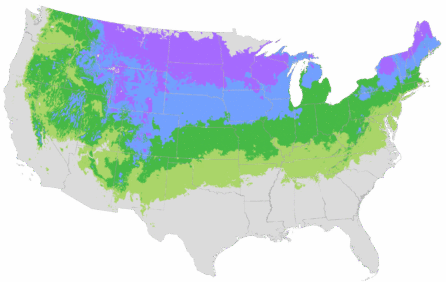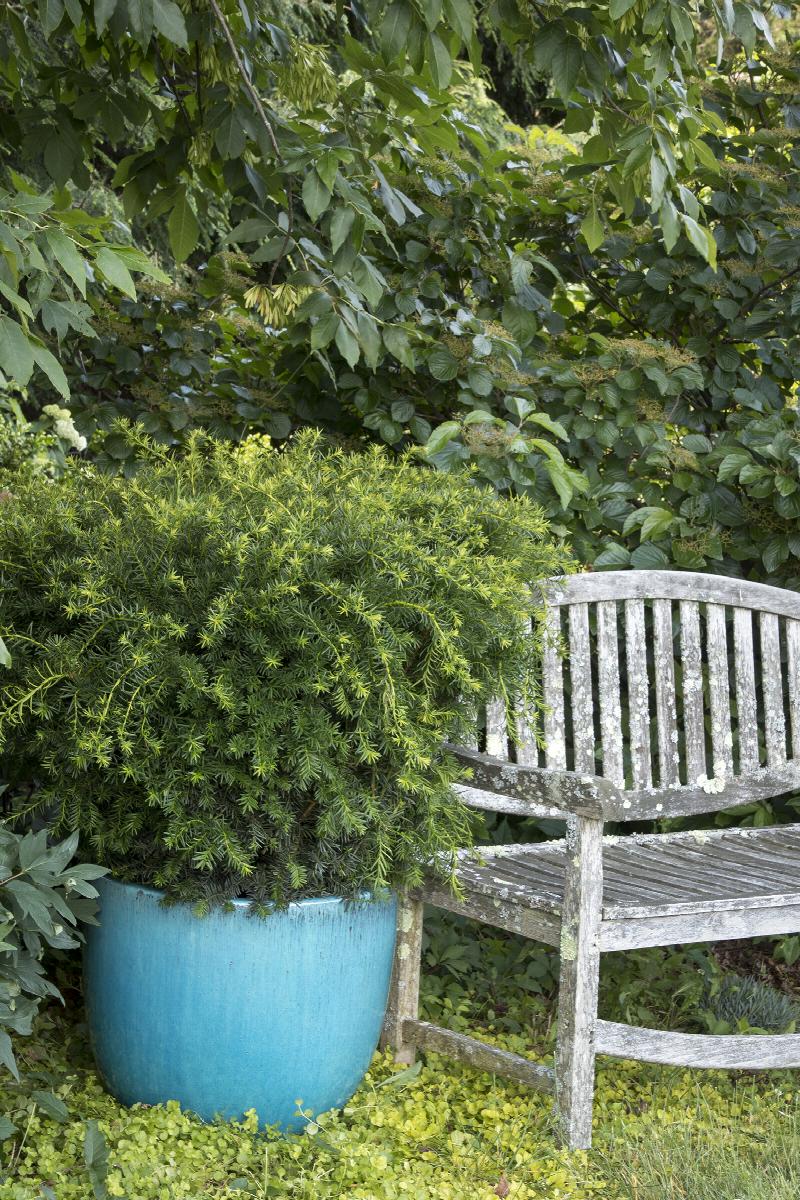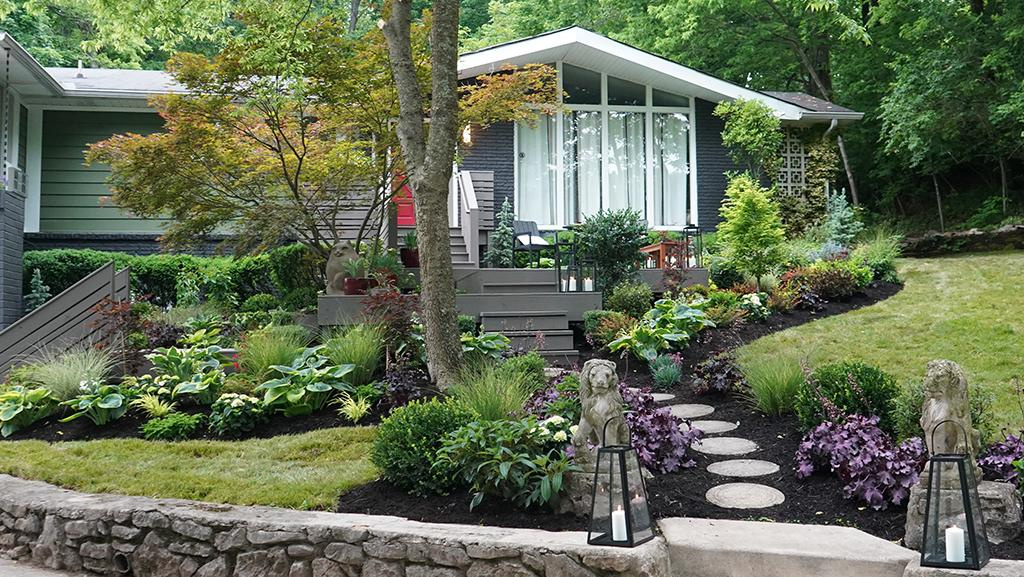Dense Spreading Yew
Taxus x media 'Densiformis'
Pronunciation: TAKS-us MEE-dee-uh
SKU #07232
| Description | This dense, low, spreading shrub is an excellent basic foundation planting for a hedge, screen or border. The dark green foliage backs scarlet-colored, berry-like cones. A versatile and durable evergreen that provides year-round interest in the landscape and tolerates shearing well. |
|---|---|
| Light | Full sun, Partial sun |
| Watering | Water when top 2 inches of soil is dry. |
| Blooms | Conifer; prized for foliage. |
| Mature Size | Slowly reaches 3 to 4 ft. tall, 4 to 6 ft. wide. |
| Deciduous/Evergreen | Evergreen |
|---|---|
| Special Features | Easy Care, Waterwise, Benefits Birds |
| Problems/Solutions | Coastal Exposure, Rabbit Resistant |
| Growth Rate | Slow |
| Growth Habit | Spreading |
| Landscape Use | Border, Hedge, Privacy Screen |
|---|---|
| Design Ideas | This wide-growing evergreen combines well with more upright growers in the mixed border or in an island planting in the lawn. Since it takes part shade, it can easily be used under a tree. |
| Foliage Color | Green |
| Companion Plants | Rose (Rosa); Lilac (Syringa); Viburnum (Viburnum); Iris (Iris); Coral Bells (Heuchera) |
| Care | Provide evenly moist, well-drained soil with protection from harsh, drying winds. Water deeply, regularly during the first growing season to establish an extensive root system. Once established, reduce frequency; tolerates drought. Fertilize before new growth begins in spring. For a tidy, neat appearance, prune annually to shape. |
|---|
| Lore | All species of this genus are poisonous. One American species is the source of the cancer drug, Taxol. In England yew trees were restricted to church yards where they were not subject to livestock grazing, which caused many animal deaths in the past. Interestingly, deer may graze on them, unaffected. Birds are also attracted to the fruit, which they eat without consequence, as the flesh is not toxic to most, and the seed passes through intact. |
|---|
This Plant's Growing Zones: 4-7

Your USDA Cold Hardiness Zone:
Your climate may be too cold for this plant
Buy Online
We cannot currently ship this product to your zip code.
Buy Locally
No Retailers found within 50 miles of your zipcode
About Us
We have been pioneers and craftsmen in the art of growing plants for nearly
100 years. Since our founding in Southern California by Harry E. Rosedale, Sr.
in 1926, we have been absolutely dedicated and obsessed with quality.
We have been pioneers and craftsmen in the art of growing plants for nearly 100 years. Since our founding in Southern California by Harry E. Rosedale, Sr. in 1926, we have been absolutely dedicated and obsessed with quality.

